Planet Earth has given rise to a diverse array of animals who have adapted in extraordinary ways to survive the harshness of the wilderness. Throughout eons, natural selection has worked on different animal populations and has allowed many species to go extinct while allowing others to survive. The same natural forces allowed the evolution of humans. But from whom did humans evolve? Who are the present-day animal groups to whom we are most closely related? Based on evolutionary relationships, humans are categorized under order primates within the class Mammalia. The word “Monkeys” is used to address all higher-order primates other than humans.

Diversity and adaptations of monkeys for their lifestyle
At present there are more than 250 species of monkeys, making primates one of the most diverse mammalian orders in the present-day world. New World monkeys, Old World monkeys, and higher apes fall commonly under the name Monkeys.
New world monkeys include small to medium-sized arboreal dwelling higher-order primates that live in rainforests of South America and Mexico.
Old-world monkeys include higher-order primates who belong to Savannas, tropical rainforests, and shrublands of Africa, Asia, and Europe
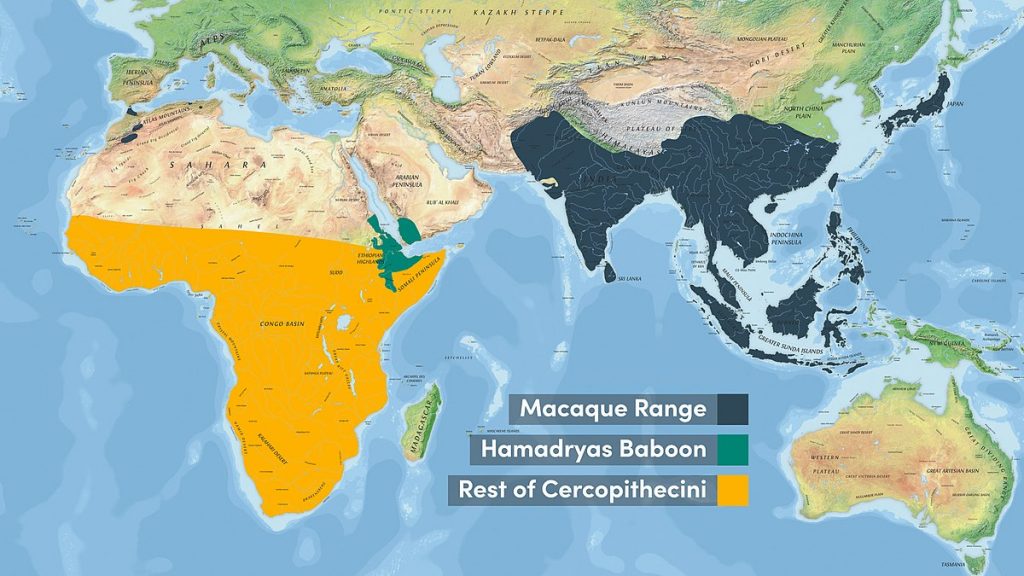

Compared to new-world monkeys, old-world monkeys spend more of their time on the ground. The body features of each species have adapted to support their lifestyle. New-world monkeys have developed prehensile tails to grab and hold tree branches steadily. Old-world monkeys have developed adaptations such as calloused skin to support them while sitting, laying down, or feeding on the ground.

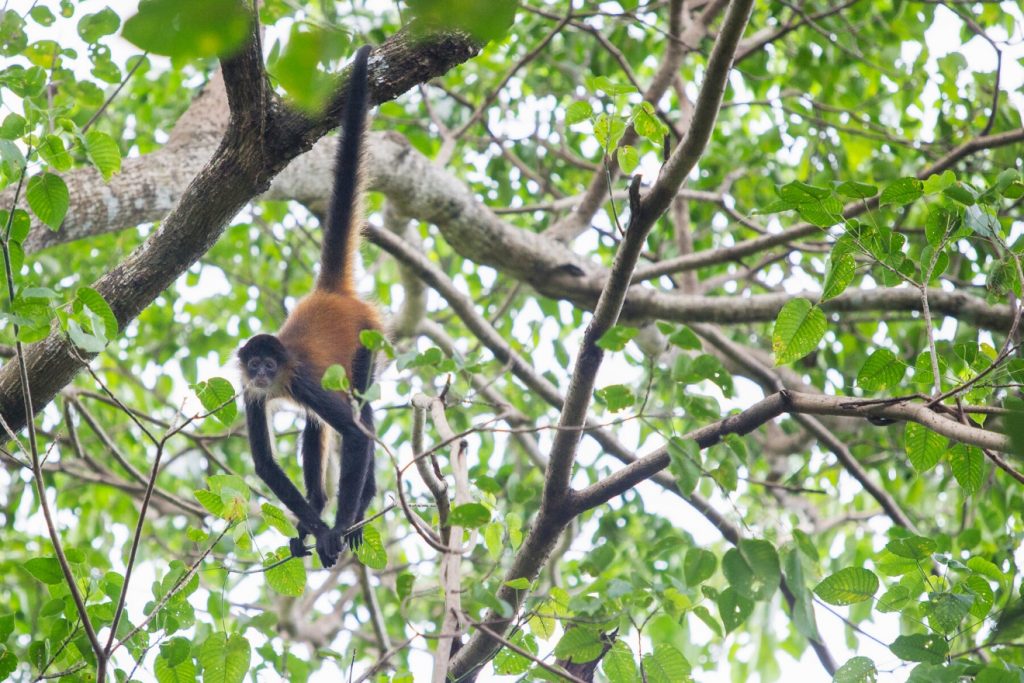
Apes are the nearest cousins to humans, out of all monkeys. Old-world monkeys are more closely related to higher apes than new-world monkeys.
Interesting facts about some different monkey species
Mandrill (Mandrillus sphinx)
This is an old-world monkey species that are observed in rainforests of equatorial Africa. The species show sexual dimorphism. The Male is three times larger than the female. Males consist of colored bare skin patches along the bridge until the end of the nose and buttocks which are vibrant blue and red. The higher the color intensity, the higher would be the rank of the individual within the society, and will have the greater ability to mate. Mandrills mainly depend on fruits, roots, and small insects as their food sources. They could prey upon smaller reptiles and amphibians. Consists of long canine teeth that could be used in self-defense.

Proboscis monkey (Nasalis larvatus)
Are endemic to the Borneo jungle region. They are a highly arboreal species. Are known to be the most competent swimmers of the primates. Has evolved webbed feet to assist in swimming. The large muscular pendulous nose of males allows mating calls to amplify. The greater the amplification higher the ability for it to choose a mate.
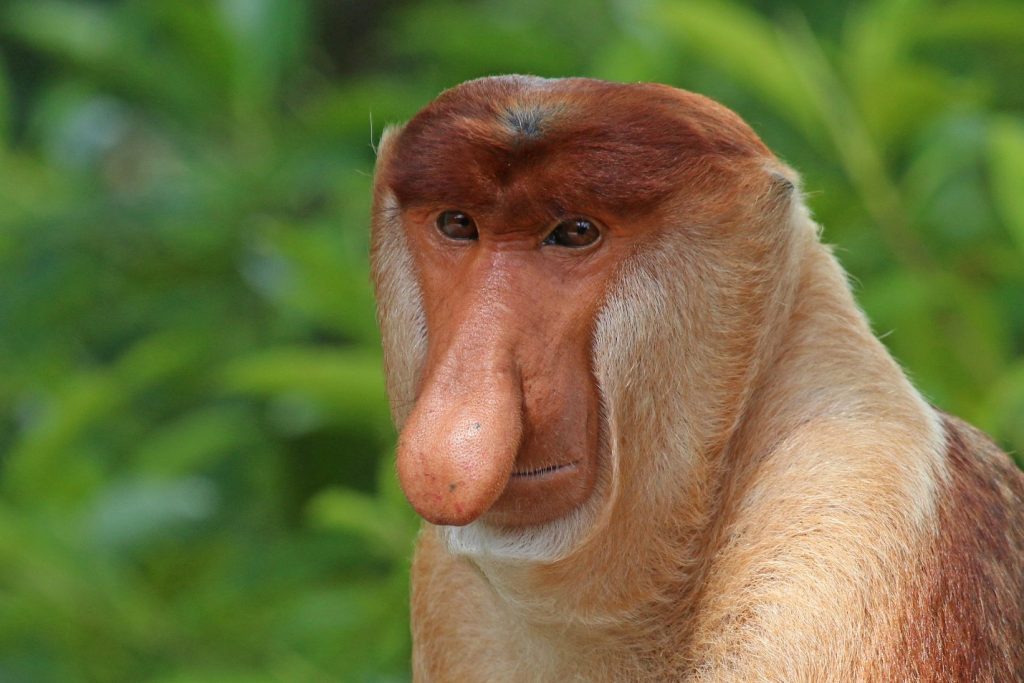
Japanese Macaque (Macaca fuscata)
Japanese Macaque, also known as the snow monkey, is a nonhuman primate who lives most towards the Northern pole, and observed only in three of the main Japanese islands. Consists of a naked face with pink coloration. Other body parts are covered with thick brown fur. These monkeys are adapted to withstand very low temperatures.
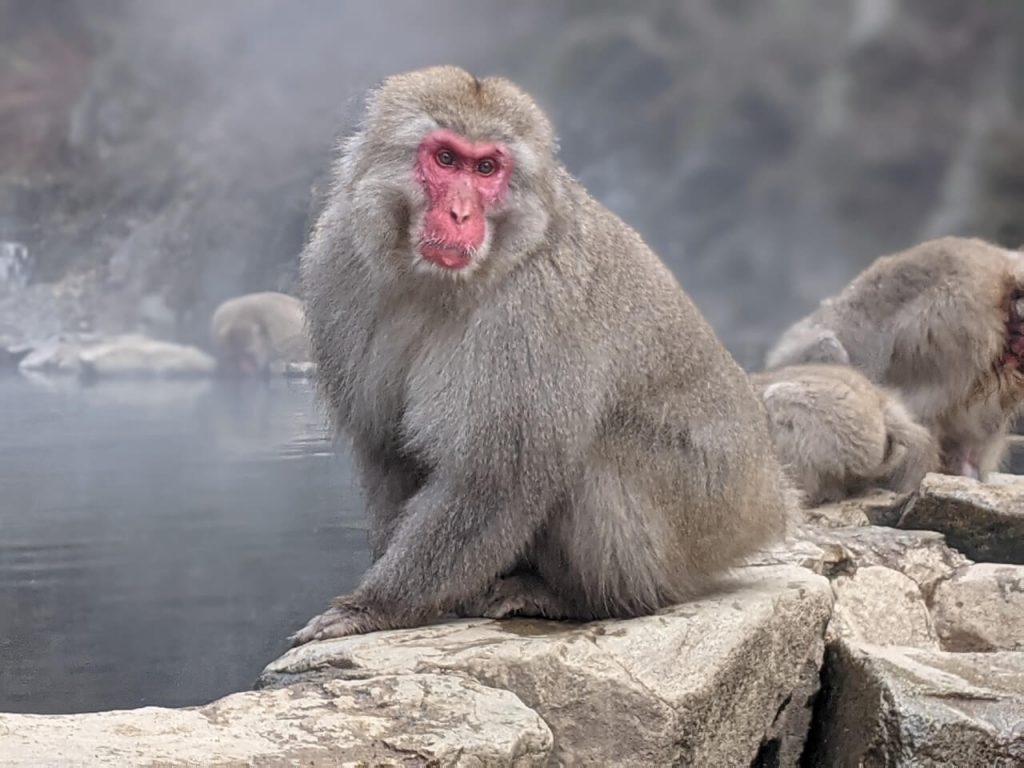
Importance of monkeys in present-day ecosystems
Dependence on many types of fruit types and the ability to travel for long distances has made monkeys good seed dispersers within forests. They can exist at many different trophic levels within the food web. While some monkey species totally depend on plants, some depend on both meat and plant materials. Some act as the main food source for higher predators such as crocodiles, leopards, and lions. So, the extinction of a single monkey species may collapse the entire food web of the ecosystem.
The relationship between humans and monkeys
Due to the close relation to humans within the evolutionary tree, many monkey species have constantly been used in various laboratories and research facilities.

Higher apes such as mountain gorillas and chimpanzees and other monkey species such as Mandrills are targeted as sources of meat, skin as a textile material, and for indigenous medicines.
Another main reason for the vulnerability is habitat destruction. Many monkey species mainly higher apes are at risk of extinction due to habitat destruction.
In some regions, monkeys are highly populated due to the presence of abundant food sources. The higher intelligence levels compared to other mammals have allowed them to enter human habitats without fear and feed on food present in households. These monkey populations are sometimes aggressive toward humans and could attack humans to grab food.

Until recent times, monkeys were considered service animals for disabled humans to overcome difficulties.
Steps taken by authorities to prevent the extinction
The most effective way to prevent the extinction of monkey populations is to take necessary actions to prevent habitat destruction. Protection of threatened species under ranger officers, and legal actions to ban the selling of primate-based products, are also important steps to protect present monkey diversity.
Famous primatologists worked on the conservation of monkeys
Dian Fossey (1932-1985)
Was a primatologist who worked throughout her life to conserve and stabilize the mountain gorilla populations in Rwanda.
Jane Goodall (1934-present)
Is a world-renowned primatologist who dedicated most of her life to protecting and understanding the complex society of Chimpanzee populations in Tanzania.

Commemoration of International Monkey Day
The day, now celebrated on 14th December each year was created by two controversial artists Casey Sorrow and Eric Millikin as a day of imitating monkey-like behaviors. Later the day was adopted by many activists and conservation biologists as a day dedicated to building awareness among worldwide communities about the vast diversity, importance, and unique life features of monkeys.
Monkeys in popular culture
Owing to many unique features, such as the level of intelligence, humorous nature, and close relationship to humans many popular movies, and comics feature monkeys as main characters enrapturing these unique features.
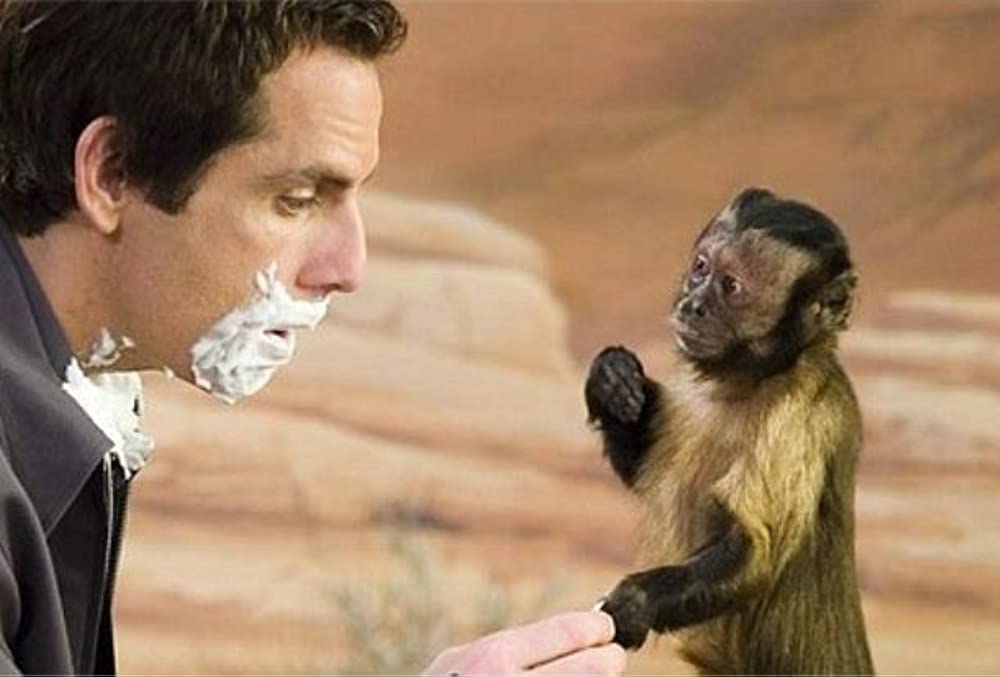
Written By:
P. A. Sachini H. Perera,
2nd Year Undergraduate,
Biological Science Stream,
Faculty of Science,
University of Colombo.
References:
- About Jane. (2019, January 26). Jane Goodall Institute USA. https://www.janegoodall.org/our-story/about-jane/
- Bourlière, F. (1985). Primate communities: Their structure and role in tropical ecosystems. International Journal of Primatology, 6(1), 1–26. https://doi.org/10.1007/bf02693694
- Deutsches Primatenzentrum: Evolution and diversity of primates. (n.d.). https://www.dpz.eu/en/info-center/knowledge/primates/evolution-and-diversity-of-primates.html
- Dian Fossey Gorilla Fund International. (2022, March 11). Gorilla Protection. Dian Fossey. https://gorillafund.org/what-we-do/daily-protection/
- Incorporated, P. (n.d.). Year of The Monkey: Old World Monkey vs. New World Monkey – Primates Incorporated. https://primatesinc.com/oldworld_newworld/
- Japanese Macaque – Facts, Diet, Habitat & Pictures on Animalia.bio. (n.d.). https://animalia.bio/japanese-macaque
- monkey. (2022). In The Merriam-Webster.com Dictionary. https://www.merriam-webster.com/dictionary/monkey
- Primate | Definition, Species, Characteristics, Classification, Distribution, & Facts. (1999, July 26). Encyclopedia Britannica. https://www.britannica.com/animal/primate-mammal/Classification
- Save The Primates Campaign | Possible Solutions To Save – FOS. (2022, November 28). Friend of the Earth. https://friendoftheearth.org/conservation-project/save-the-primates/
- The Editors of Encyclopaedia Britannica. (1998, July 20). mandrill | primate. Encyclopedia Britannica. https://www.britannica.com/animal/mandrill
- WATCH: These Web-Footed Monkeys Are Built For Swimming. (n.d.). Animals. https://www.nationalgeographic.com/animals/mammals/facts/proboscis-monkey
- WATCH: Why Do These Monkeys Have Big, Colorful Butts? (n.d.). Animals. https://www.nationalgeographic.com/animals/mammals/facts/mandrill
Image Courtesy:
- Title Image: https://s.si.edu/3FNLxT7
- 1st Content Image: https://bit.ly/3iXOSFT
- 2nd Content Image: https://bit.ly/3WdLLIC
- 3rd Content Image: https://bit.ly/3FpGbvA
- 4th Content Image: https://bit.ly/3VWywMv
- 5th Content Image: https://bit.ly/3hkhrNr
- 6th Content Image: https://bit.ly/3ULrZTD
- 7th Content Image: https://bit.ly/3W9GDVB
- 8th Content Image: https://bit.ly/3hkic9f
- 9th Content Image: https://bit.ly/3VNcrzU
- 10th Content Image: https://bit.ly/3hi7aRR
- 11th Content Image: https://bit.ly/3US7STR
- 12th Content Image: https://bit.ly/3VJhTUt
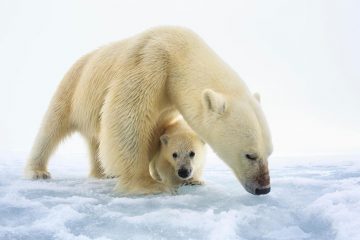

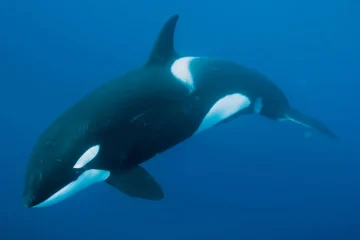
0 Comments